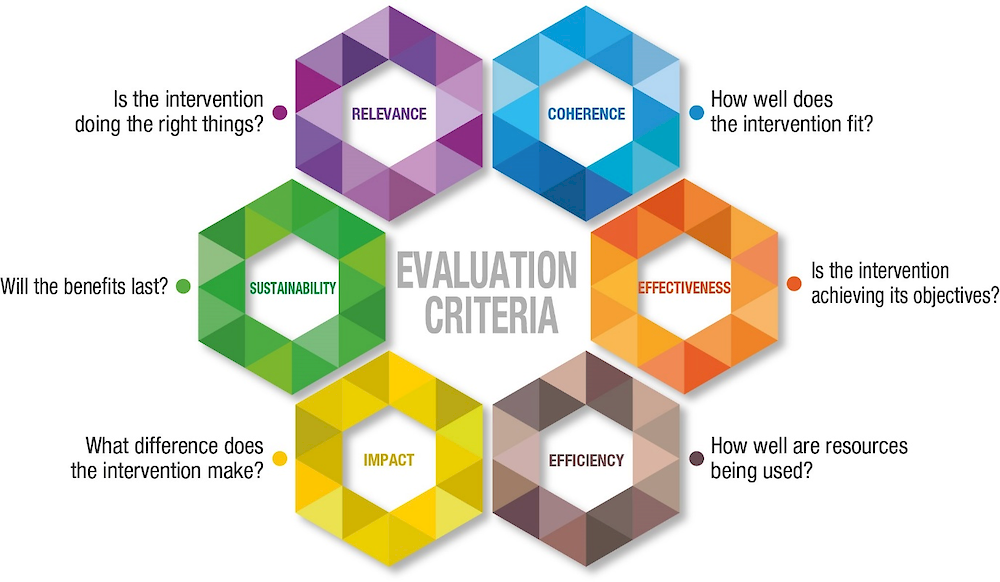The Crucial Role of Evaluation in Education
What Is Evaluation?
Evaluation is not merely a bureaucratic exercise or a
ritualistic grading system. It is a powerful tool that critically examines
educational programs, teaching methods, and student outcomes. Let’s break it
down:
Program Review:
Evaluation involves gathering and analyzing data about a program’s actions,
features, and consequences. Whether it’s assessing a new reading scheme in a
school or evaluating a district-wide curriculum reform, the goal remains the
same: to determine effectiveness.
Improving Effectiveness: The primary purpose of evaluation
is to improve program effectiveness. By identifying strengths and weaknesses,
educators can make informed decisions. It’s like fine-tuning a musical
instrument—subtle adjustments lead to harmonious results.
Influence on Decision-Making: Evaluation isn’t a passive
process. It actively influences programming decisions. Should we continue with
a particular teaching method? Is the anti-bullying initiative making a
difference? These questions find answers through evaluation.
Why Is Evaluation Important?
Let’s explore the significance of evaluation in
education:
Quality Assurance: Imagine a world without quality checks.
Evaluation ensures that educational programs meet standards and deliver on
promises. It’s like a safety net, catching any gaps or deviations.
Continuous Improvement: Education isn’t static; it evolves.
Evaluation provides a compass for improvement. It’s not a one-time event; it’s
a continuous process. Teachers, schools, and policymakers can adapt based on
evaluation findings.
Student-Centered Approach: Evaluation focuses on student
outcomes. Are they learning? Are their emotional and social needs met? By
assessing these aspects, we create a student-centered environment.
Accountability: Accountability isn’t about blame; it’s about
responsibility. Evaluation holds educators accountable for their impact. It’s a
reminder that teaching isn’t just about imparting knowledge; it’s about shaping
lives.
Balancing Quantitative and Qualitative Approaches
Debates rage within the research community: quantitative vs.
qualitative evaluation methods. While randomized controlled trials (RCTs)
provide robust evidence, qualitative approaches capture nuances. Both have
their place. Let’s embrace a holistic view.
The Student’s Journey
Evaluation isn’t an abstract concept; it’s woven into the
fabric of education. As students progress, evaluation tracks their
growth—academically, emotionally, and socially. It’s not just about grades;
it’s about holistic development.
In Conclusion
Evaluation isn’t a necessary evil; it’s an essential ally.
Let’s celebrate its role in shaping education. As educators, let’s embrace
evaluation as a compass, guiding us toward better outcomes for our students.
Remember, education isn’t a destination; it’s a lifelong
journey. And evaluation? It’s our trusted travel companion.
Choppin, B. H., & Neville Postlethwaite, T. (Eds.). (2014). Evaluation in Education. Elsevier Science.
Kishore, P. B. K. (2020). Essentials of educational evaluation. LAP Lambert Academic Publishing.
M, W. R. (2015). Evaluation in education: Foundations of competency assessment and program review (2a ed.). Praeger.


Comentarios
Publicar un comentario